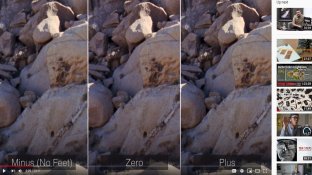ChristopherCoy
Subscriber
at the risk of me being pedantic, it would probably help you tremendously to spend a little time gaining some understanding of what those numbers mean. More knowledge is rarely a bad thing, and there are people on here that are willing to help you gain that knowledge if you ask questions.
I've tried. Believe me, I've tried. I'm not that kind of learner though. Unless its put to me in a visual aspect like Matt did earlier, or I physically do something, it's extremely hard for me to learn something new. I just don't learn well by simply reading.





